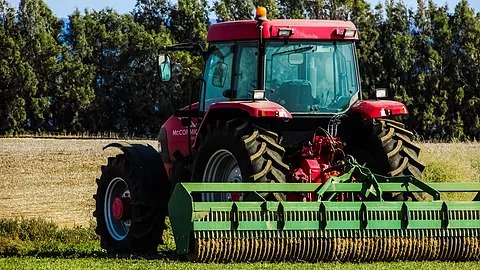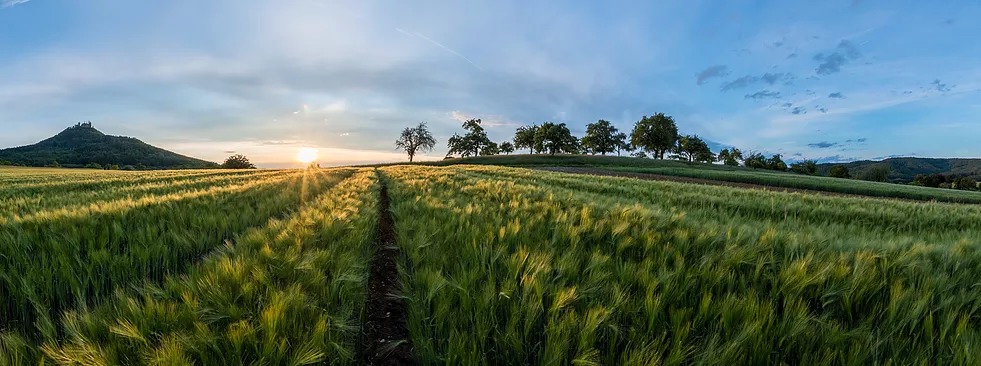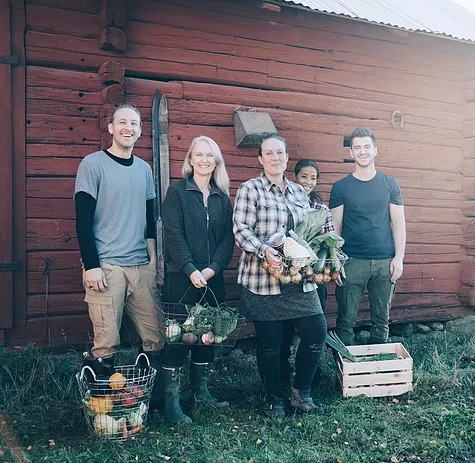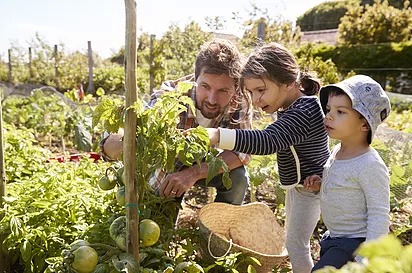Are Small Farms Going Extinct?
The evidence suggests that they are. Rising costs, corporate competition, and land development are the most common causes. However, there are other reasons that are not as well known and quite surprising.

What’s At Stake
It goes without saying that food is fundamental for survival. Without it, all living things perish, whether it is human, animal, or plant. Food provides the nutrients our bodies need to function each and every day. It is important, therefore, that we stop and consider what would happen if the availability of food decreases. Some may consider this as overreacting or spreading fear, however, the actuality of this happening is very much a reality. Consider the following statistics from the United States Department of Agricultural (USDA) 2017 Census of Agriculture:
- North Carolina had 46,418 farms in 2017
- In 1997, North Carolina had 59,120 farms
- 12,702 farms shut down within this 20-year span
Based on these numbers, an average of 635 farms ceased operations each year. That is 53 farms per month, or approximately 2 farms every day. North Carolina cannot continue to sustain farms at this rate without experiencing serious ramifications


Small Farms
What makes a farm big or small?
Surprisingly, the size of a farm is based on its sales rather than its acreage. According to USDA guidelines, a farm is considered small if it makes $250,000 or less in sales each year. In North Carolina, 40,336 farms are considered small. This is 86.9% of the total farms in North Carolina.
Who runs them?
Over half of the small farm operators in North Carolina do so on a part-time basis (57%). They supplement their income through other forms of employment. The remaining percentage of operators work full-time on their farms.
The New “Old” Problem
The decline in small farms is attributed to a number of issues. The three most prominent are rising costs, increasing competition from industrial farming, and urban sprawl. However, these issues are more immediate in nature. There is another issue facing small farms that is potentially life-threatening to the industry and looms in the not-so-distant future. The issue is older generations of farmers dying without newer generations of farmers to replace them.
Number of NC farmers by age (1997)
Less than 25 = 433
25-34 = 2,938
35-44 = 8,519
45-54 = 12, 370
55-64 = 11,613
Over 65 = 13,533
Number of NC farmers by age (2017)
Less than 25 = 985
25-34 = 4,587
35-44 = 7,989
45-54 = 13,844
55-64 = 19,883
Over 65 = 26,774
Although the number of farmers between 18 and 34 increased over the previous 20 years, the growth rate is not proportional to the increase in the number of farmers older than 45 years of age.
Jeff Stevens is the owner of the Muddy Springs Farm in Lincoln County, North Carolina. In this clip, he speaks about the increasing risk of small farms becoming endangered. He believes this is due to urban expansion and the lack of interest among youth.
Mike Smith is the owner of Big Oak Farm in Kannapolis, North Carolina. In this clip, he admits that he does not expect his family to take over the farm after he retires. He confesses his fear that the farm, which his family has had for 200 years, will be used for more housing.
Raising Awareness
A common complaint among farmers is that the public no longer seems to understand where their food comes from. Increasing modernization and infrastructure has resulted in a disconnect whereby the populace no longer understands the relationship between themselves, the farmer, and food. For many, food only comes from the grocery store. They do not take the time to consider how much farther the process goes to get food on the shelves. To combat this, farmers suggest raising awareness through education – whether through the classroom or at the local farmers’ market. It is their hope that by helping people understand where their food comes from, they will take an active role in helping to prevent a collapse in the system.

Sources
Resources
United States Department of Agriculture.”Historical Highlights: 1997 and Earlier Census Years.” 1997 Census of Agriculture Vol. 1; Ch. 33: State Level Data: North Carolina; Table 1. Accessed 30 April 2019.
——— “Summary by Age and Principal Occupation of Operator: 1997.” 1997 Census of Agriculture Vol. 1; Ch. 33: State Level Data: North Carolina; Table 48. Accessed 30 April 2019.
——— “Historical Highlights: 2017 and Earlier Census Years.” 2017 Census of Agriculture Vol. 1; Ch. 1: State Level Data: North Carolina; Table 1. Accessed 30 April 2019.
——— “Selected Producer Characteristics: 2017 and 2012.” 2017 Census of Agriculture Vol. 1; Ch. 1: State Level Data: North Carolina; Table 52. Accessed 30 April 2019.
——— “Summary by Size of Farm, 2017.” 2017 Census of Agriculture Vol. 1; Ch. 1: State Level Data: North Carolina; Table 71. Accessed 30 April 2019.
——— “Summary by Legal Status for Tax Purposes: 2017.” 2017 Census of Agriculture Vol. 1; Ch. 1: State Level Data: North Carolina; Table 74. Accessed 30 April 2019.
Links
http://usda.mannlib.cornell.edu/usda/AgCensusImages/1997/01/33/1599/Table-01.pdf
http://usda.mannlib.cornell.edu/usda/AgCensusImages/1997/01/33/1599/Table-48.pdf
Interviews
Smith, Mike. Interview by Thomas Grover. 17 April 2019.
Stevens, Jeff and Emily Stevens. Interview by Thomas Grover. 10 March 2019.